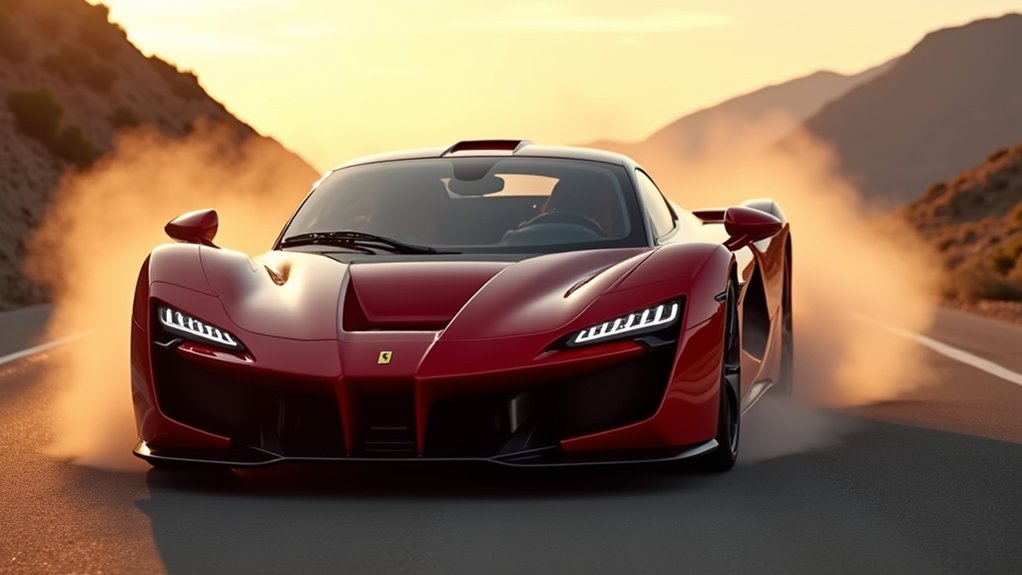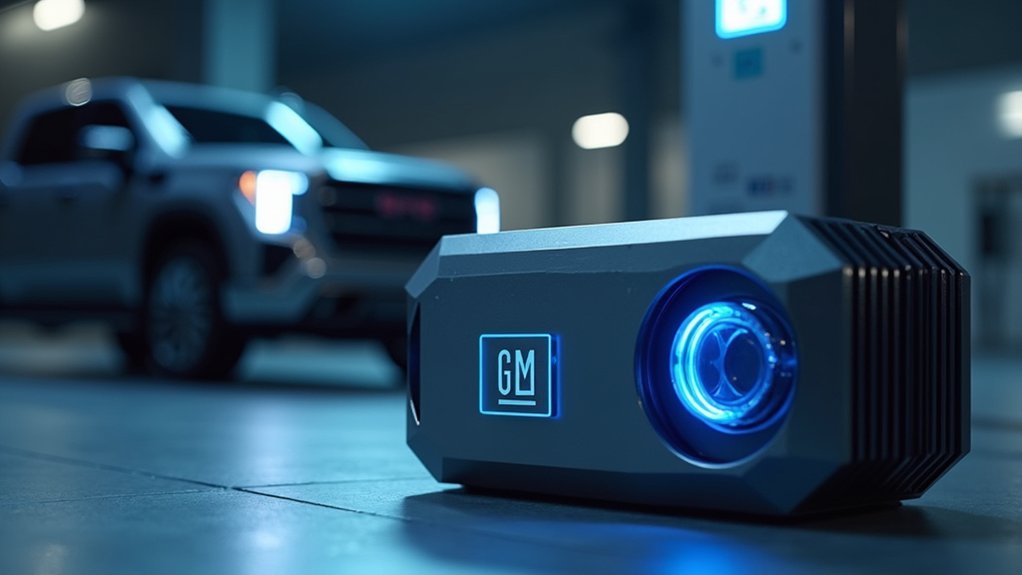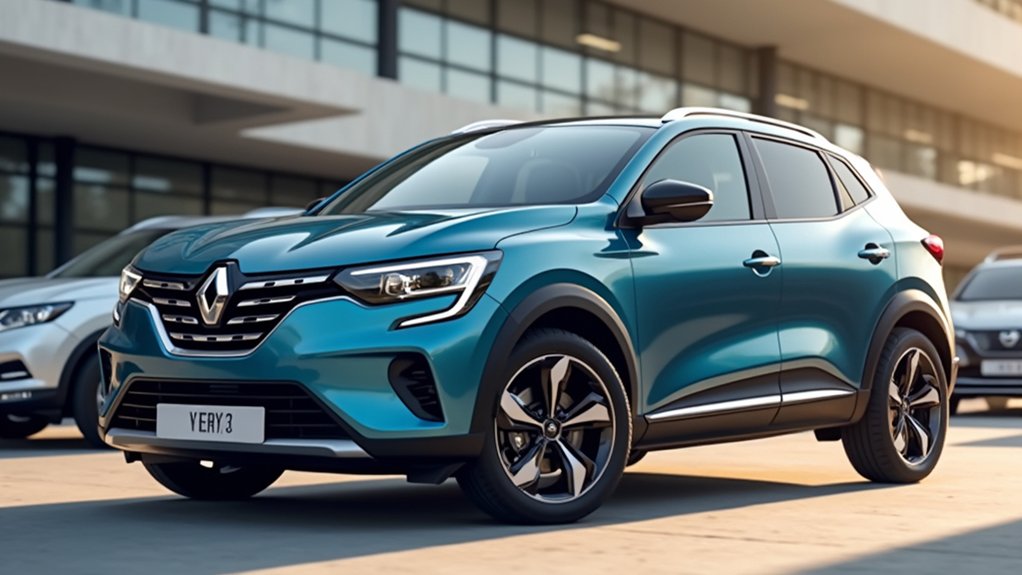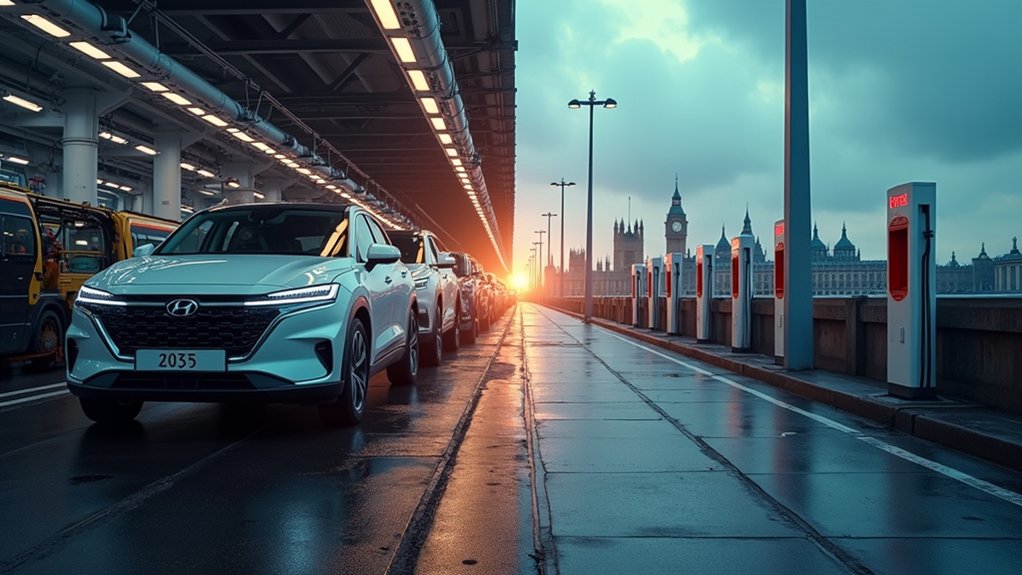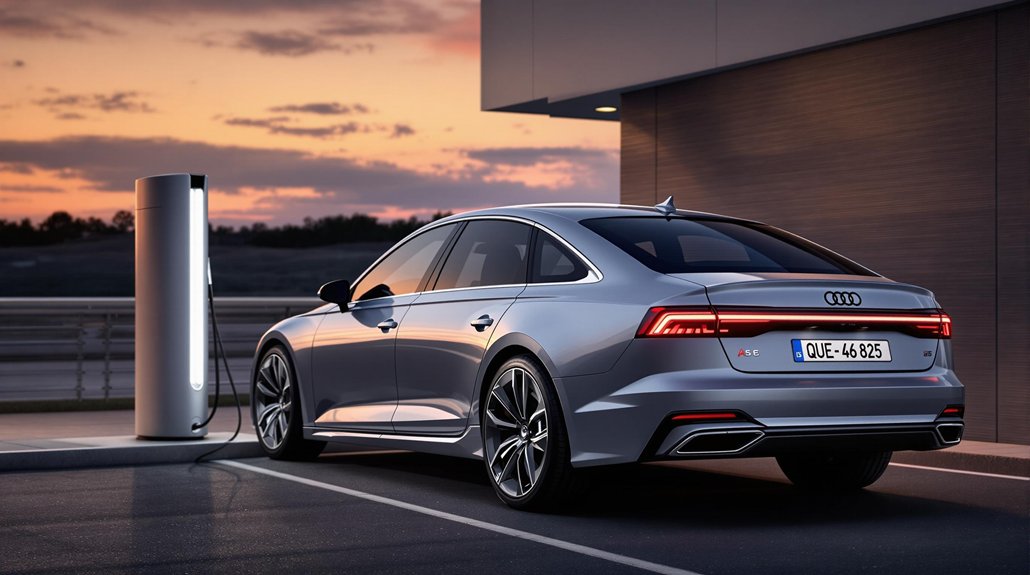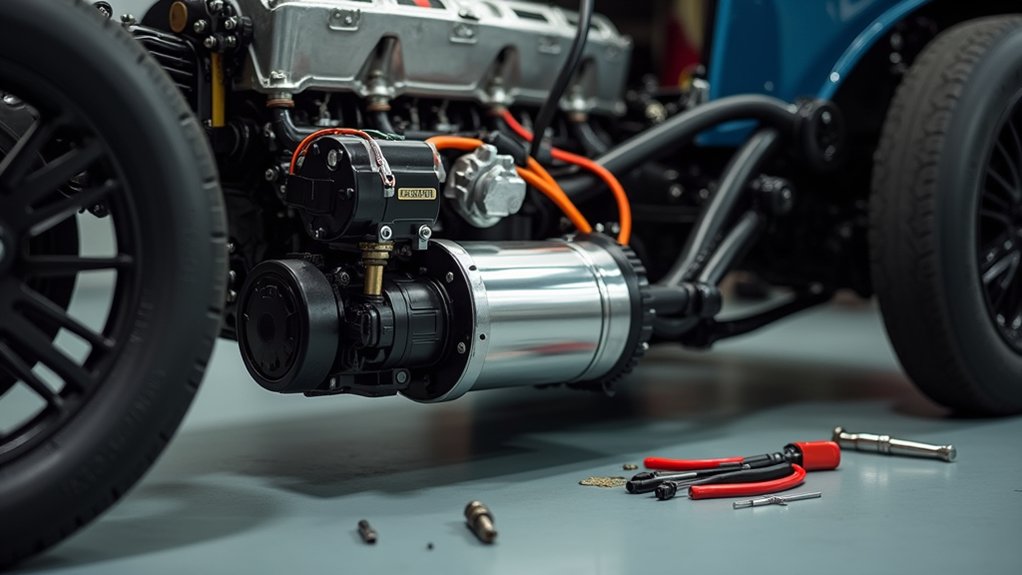While internal combustion purists might lament the electrification of supercars, Ferrari’s SF90 Stradale represents the pinnacle of hybrid technology in the automotive world. This PHEV architecture integrates a traditional combustion engine with three electric motors to deliver a staggering 1,000 cv (approximately 986 hp) of system output. The forthcoming 2025 SF90 raises the bar even higher with a reported 1,100 horsepower, securing its position as the most powerful road-going Ferrari ever built.
The Stradale’s 90° V8 turbo engine produces 780 cv, the highest output of any 8-cylinder in Ferrari’s storied history. For 2025, this V8 has been refined to generate 850 horsepower independently, complemented by a more efficient battery pack that extends electric-only range to 20 miles. The car features advanced Formula 1 derived technology that showcases Ferrari’s commitment to transferring racing innovations to road cars.
Performance metrics are equally impressive, with the 2025 SF90 capable of reaching 60 mph in just 1.9 seconds and completing the quarter-mile in approximately 8.9 seconds.
Not to be outdone, the 296 Speciale delivers 868 horsepower, a 50 hp increase over its predecessor. Its twin-turbocharged 3.0-liter V-6 screams to 8500 RPM, providing exceptional performance characteristics that few electric vehicles can match. The powertrain combines this V-6 engine with an AC motor for a combined output of 819 hp in the standard 296GTB. The SF90 maintains its all-wheel drive configuration, distinguishing it from many traditional supercars in its class.
Ferrari’s hybrid strategy extends beyond raw power. The SF90 offers a 25-kilometer all-electric range in eDrive mode using only the front axle, with speeds up to 135 km/h. Carbon-ceramic brakes measuring 15.7 x 1.5 inches with 6-piston calipers provide the stopping power necessary for such performance. Unlike fully electric motorcycles which require battery recycling initiatives to strengthen their environmental credentials, Ferrari’s hybrid approach balances performance with sustainability.
The integration of titanium and carbon fiber throughout these models reduces weight while enhancing handling. The aerodynamic design minimizes drag without sacrificing performance, a critical balance in supercar engineering.
Ferrari’s hybrid beasts demonstrate that electrification doesn’t spell the end of driving excitement—it simply elevates it to unprecedented heights.
